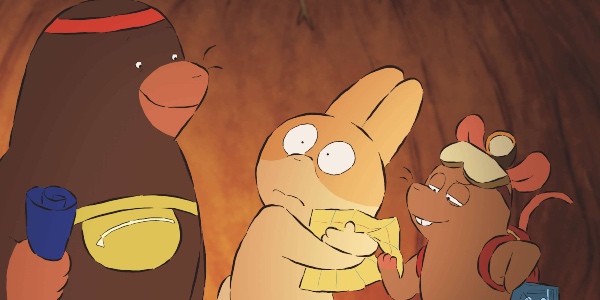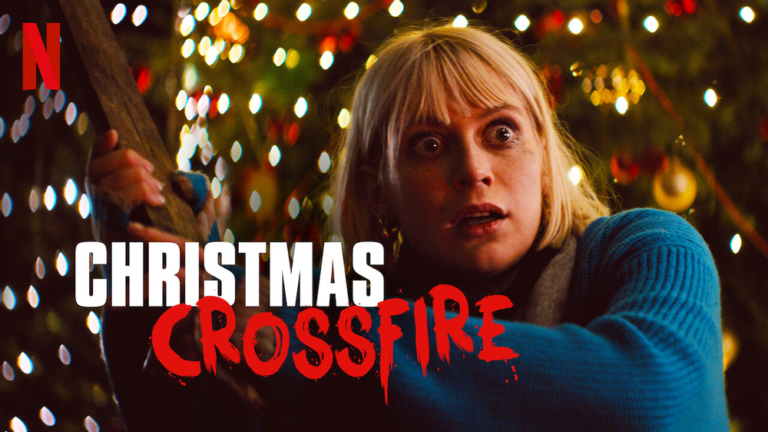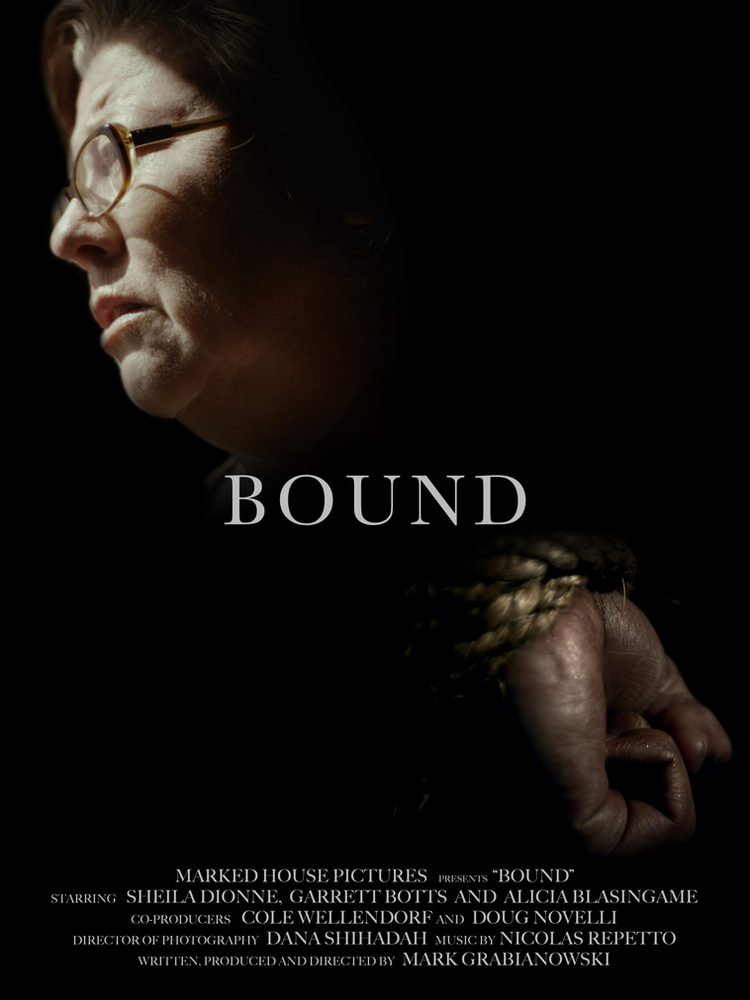19 Dazzling Favorite Movies and Reviews from 2020
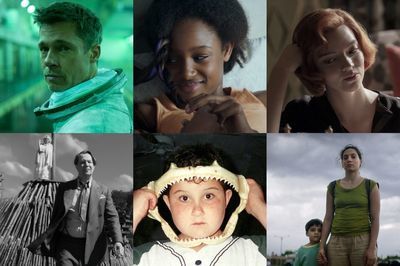
There are times when I am just dazzled by the reviews or essays contributed by our writers and I can’t wait to discuss them with our editors. We are so fortunate here at RogerEbert.com that it happens often and that we get to share that writing with you. As an end-of-the-year package I asked our editors to do an almost impossible task–choose one piece of writing that had a particularly heightened affect on them so we can highlight it once again. And then to choose one piece of their own writing that we can highlight.
Readers, we have some great reading waiting for you. In Part I, our Managing Editor, Brian Tallerico, chose one piece of writing from each of the 19 writers who have written regularly for us: Matt Zoller Seitz; Nick Allen; Matt Fagerholm; Nell Minow; Simon Abrams, Monica Castillo; Odie Henderson; Glenn Kenny; Tomris Laffly; Christie Lemire; Sheila O’Malley; Carlos Aguilar; Godfrey Cheshire; Robert Daniels; Roxana Hadadi; Allison Shoemaker; Peter Sobczynski; Collin Souter and Scout Tafoya. Those are presented below.
In Part Two: we present the editors self-selected pieces, as well as the writing of other contributors chosen by Matt Zoller Seitz, Nick Allen, Matt Fagerholm and Nell Minow.
Happy Reading!—Chaz Ebert
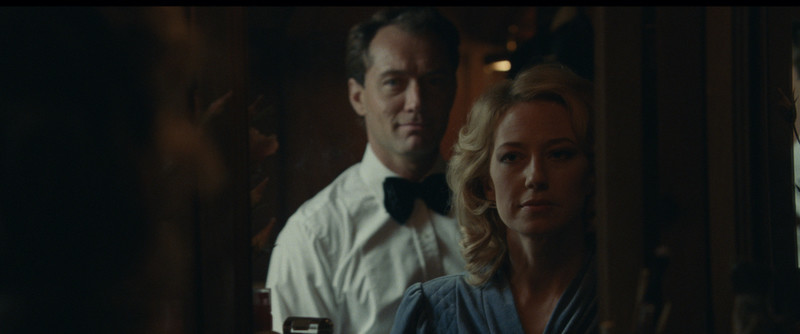
Matt Zoller Seitz’s review of “The Nest”
This is a lead performance in the vein of Gena Rowlands’ work with John Cassavetes in the 1970s. It’s not just the character’s closed-off intensity or nervous cigarette smoking or feathery blond hair that puts the comparison across. It’s the way [Carrie] Coon lets you not just understand but feel what Allison is feeling—not in a showy or hand-holding way, by indicating or underlining or calling attention to the technical part of the performance; but seemingly without any forethought having been given to how the viewer could perceive anything—indeed whether anyone might be watching at all. You feel Allison in the way that you’d feel what a close friend was feeling if you were in the same room with her.
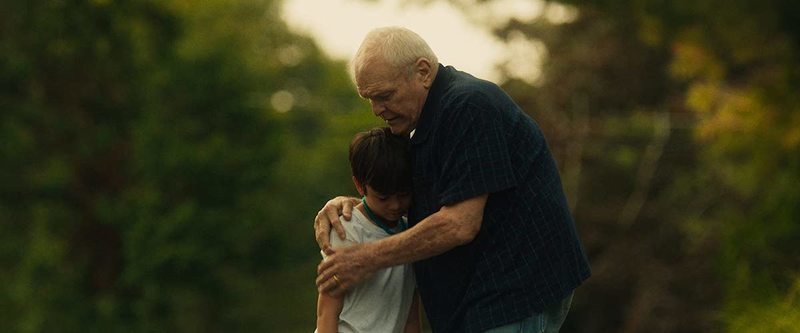
Nick Allen’s review of “Driveways”
“Driveways” does not comprise itself of many heavy dramatic beats, and yet it can still grab you with moments of empathy that alone warrant this movie’s existence. The best might be the one that gets the “plot” in motion—Kathy asides to Del while driving him to the VFW about the lack of electricity in April’s house, and how expensive it will be to get it turned on for just a few days. The next day, Cody and Kathy return to the house and see a stack of power strips, with an extension cord running from Del’s home. At a time when apathy has become disturbingly claustrophobic, such displays of surprising, quiet kindness are a true balm.
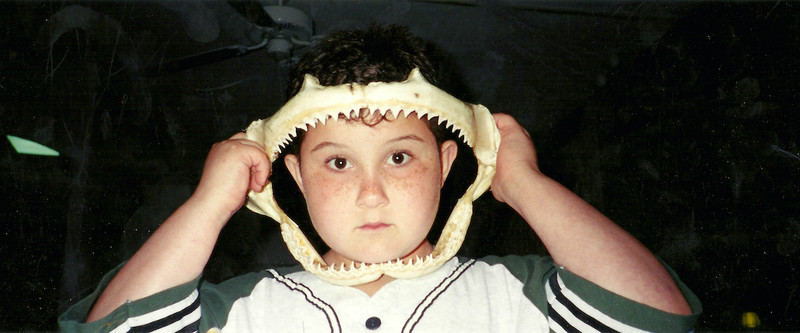
Matt Fagerholm’s review of “Rewind”
The ability to read a great work of cinema is not all that different from psychoanalysis, since signs of trauma are often conveyed through nonverbal behavior rather than expositional monologues. I found myself drawing upon the same instincts I utilize for processing nuanced visual storytelling as I regarded young Sasha’s piercing stare, radiating the pent-up agony he is not yet ready to articulate. Apart from its numerous profound achievements, Neulinger’s picture is an extraordinary work of film analysis, inviting the viewer to study certain encounters frame-by-frame as a way of revealing their unspoken subtext.
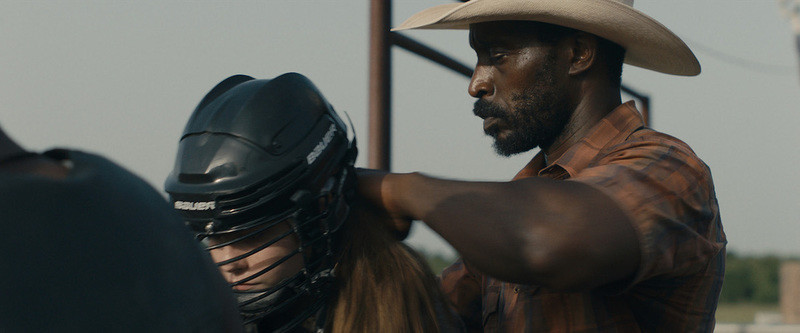
Nell Minow’s review of “Bull”
“Bull” is reminiscent of quietly observed, beautifully performed recent films about lonely people finding some solace in animals like “The Mustang” and “Lean on Pete.” Morgan gives his second superb performance this year following “The Photograph,” and Silverstein shows us not just these characters’ lives, but why we should care about them.
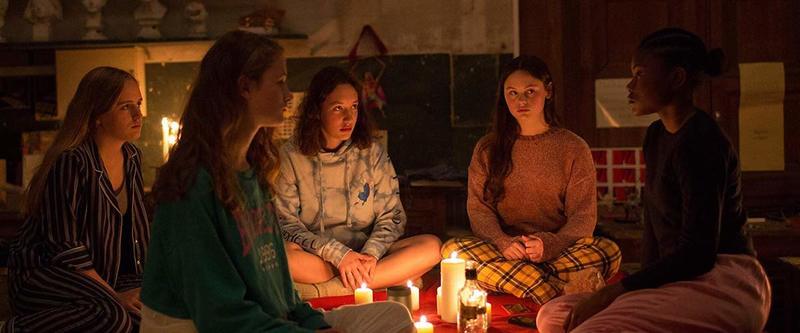
Simon Abrams’ review of “Zombi Child”
The slow, semi-naturalistic process by which we learn about Fanny’s intentions—she wants to use voodoo to get closer to Pablo—says a lot about “Zombi Child.” It’s a horror-drama that draws inspiration from earlier genre touchstones like “White Zombie,” “I Walked With a Zombie,” and “The Serpent and The Rainbow.” It’s also very much about its creators’ self-conscious outsider’s view of the eerie beauty and material reality of voodoo, which is itself still an outsider culture in France and beyond.
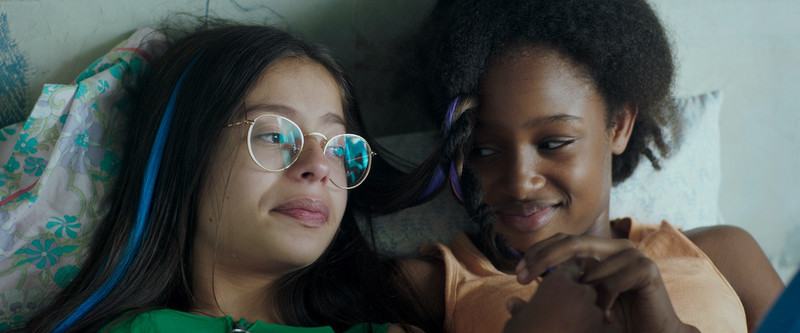
Monica Castillo’s review of “Cuties”
Perhaps the most important message of “Cuties” is that no matter what Amy says or does, she’s still just an 11-year-old girl. People are quick to judge her for trying to act like an adult, but really, all she wants is to feel cool and fit in. She wants to be liked, and what person who survived middle school couldn’t identify with that? She thought the way to do that was to emulate others. Instead, she becomes a cautionary tale in the process.
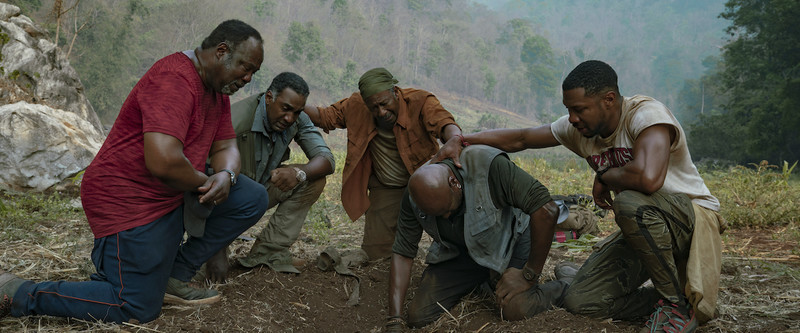
Odie Henderson’s review of “Da 5 Bloods”
“Da 5 Bloods” also has its own Mister Senor Daddy Love, a disc jockey Greek chorus represented here by Hanoi Hannah (Van Veronica Ngo). It is she who tells the Bloods about the death of Dr. King, and it is she who taunts them with the question of why they’re fighting for a country that will treat them like they’re second class citizens when they return. In a way, it begs the question of what is the true measurement of patriotism and why it is far too often wrapped up in jingoism rather than sacrifice. Lee has crafted an exciting, violent film that can be enjoyed as strictly that, but what elevates it to greatness is what it says and what it shows about the perception of Blackness, whether in heroic situations or human ones.
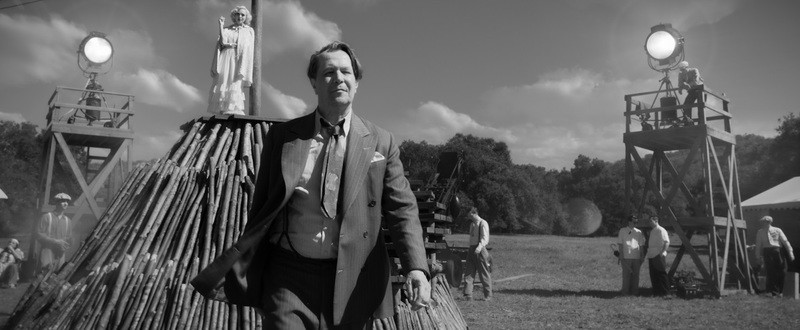
Glenn Kenny’s review of “Mank”
Toggling between these remnants of the past and Mankiewicz’s creative efforts—which eventually are speeded to an inspired completion via a smuggled box of real booze, and include a famous bit in “Kane” that is an outstanding highlight of what Mank will recognize as his best work—the movie is at its most engrossing and credible. Its tendrils suggest themes from “Chinatown” and “Shampoo,” and also have slight echoes of Wim Wenders’ “Hammett”—a story of a detective writer working on a case of his own.
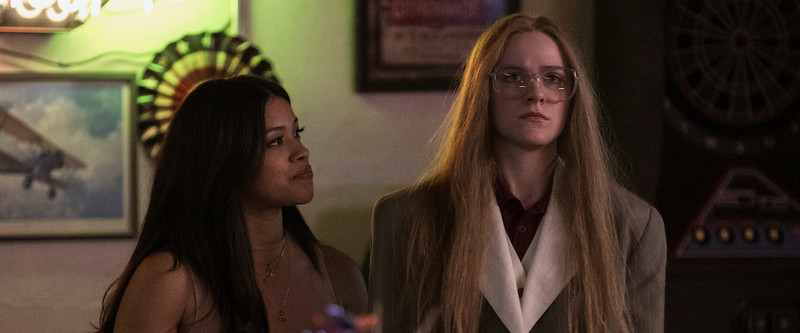
Tomris Laffly’s review of “Kajillionaire”
July doesn’t drop in any clues here and there to help us understand when or why exactly the grifter duo Theresa and Robert chose to lead this stick-it-to-the-man lifestyle, or how they became so incapable of showing affection to their offspring whom they seem heartlessly detached from. Instead, the filmmaker earns the viewer’s trust and consent straightaway through her confident sense of rhythm and sure-handed world-building.
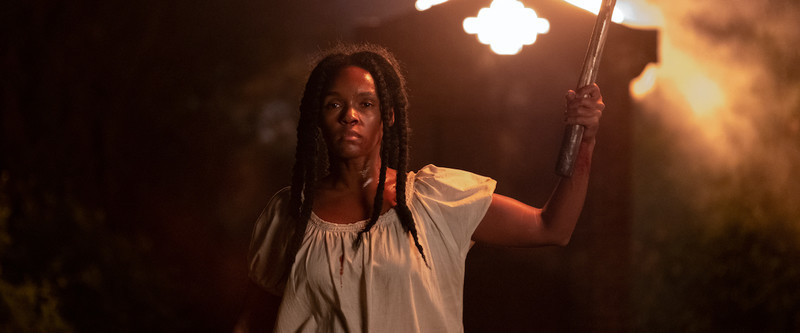
Christy Lemire’s review of “Antebellum”
What’s actually at work here is not nearly as profound as the filmmakers seem to think it is, with cutesy references to Thomas Jefferson and Robert E. Lee more likely to inspire eye-rolls than oohs and ahhs. Gabourey Sidibe provides some much-needed upbeat energy as Veronica’s sidekick and BFF who’s always quick with a sassy one-liner or a bitchy quip in a Valley Girl voice, but it’s as if she walked in from an entirely different movie—a romantic comedy in which her character would be an offensive black stereotype, as well.
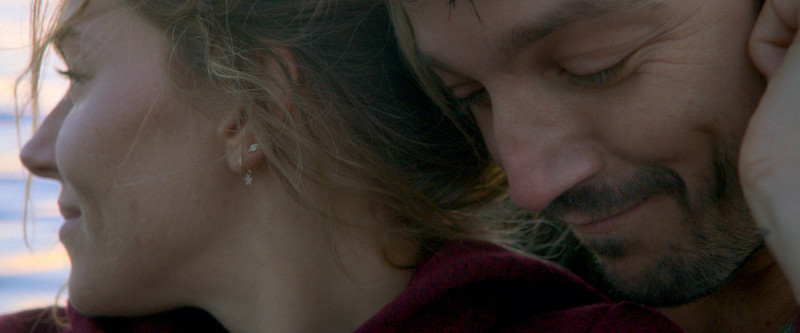
Sheila O’Malley’s review of “Wander Darkly”
“Wander Darkly” is not some misty-eyed golden-hued stroll down memory lane. The title of the film is eloquent. Darkness threatens every moment. Adrienne has the distinct impression of being stalked, hunted, by a dark hooded figure, presumably Death itself. There are sequences when everyday reality seems to have been re-asserted, and Matteo and Adrienne are both back on the same plane of existence. But spooky glimpses of another world, of banal objects acting strangely—the digital clock in the car—threaten to derail Adrienne’s complacency that the nightmare is behind her.
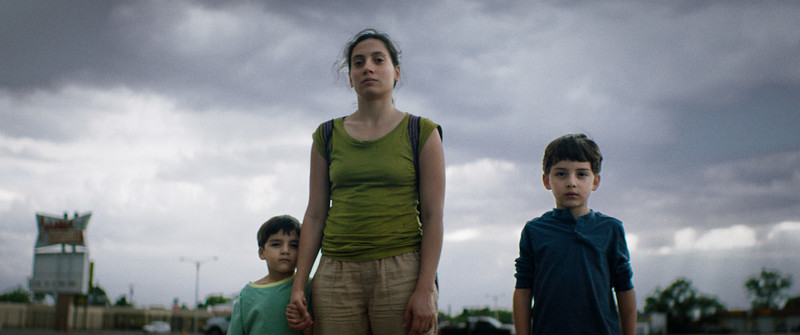
Carlos Aguilar’s review of “Los Lobos”
A miracle of emotional precision and tenderhearted storytelling, “Los Lobos” is a major work from an artist with a precious sensibility for portraying the purest expressions of sorrow and joy. Don’t be misled by its intimate demeanor, because its beautifully explored themes and the impeccable execution have the power to swiftly melt you into a puddle of tears. In a world so severely lacking compassion, Kishi Leopo’s latest feels like the cinematic equivalent of a tight embrace that reminds us we can howl ourselves out of any storm.

Godfrey Cheshire’s review of “Young Ahmed”
From its beginnings, the Dardennes’ work has evoked comparisons to the films of Robert Bresson, in which a stripped-down, all but minimalist aesthetic is put in service of stories that convey the director’s austere Catholicism. Though it’s hard to imagine Bresson dealing with a Muslim protagonist, “Young Ahmed” has points in common with “The Devil, Probably” and other Bressonian tales of spiritual despair. Yet this film doesn’t give in to despair or easy condemnation. Remarkably, it never ceases to see Ahmed as a human being, not a monster, a boy who is not identical to his beliefs, no matter how poisonous (or obviously connected to sexual pathology) those may be.
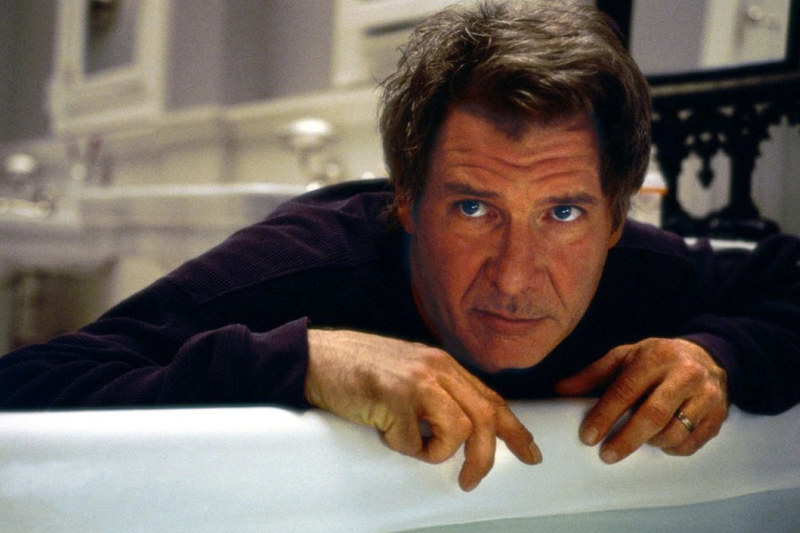
Robert Daniels’ essay, “The Dark Side of Harrison Ford: On the Roles That Led to ‘What Lies Beneath'”
After “What Lies Beneath,” Ford upended his all-American image again by playing a Cold War Russian nuclear sub commander in Kathryn Bigelow’s suspenseful flick “K-19: The Widowmaker.” Much as I love his performance in this film—specifically his overplayed Russian accent—for his ardent audience, the film didn’t take. It was a financial disaster. Since then, he’s been reticent to gamble his heroic persona. Instead, over the last 20 years, he worked to recapture his magical archetypes in sequels to “Star Wars” and “Indiana Jones.” But for my money, by again subverting audience expectations, the actor still has the ability to channel a different, just as exciting, enchantment.

Roxana Hadadi’s essay, “I Should Feel Something: On Space and the Unknowable Self in ‘Ad Astra'”
Out there, in the unknown, did H. Clifford McBride become someone else? Or did he only abandon the artifice of who people wanted him to be? Those questions are impossible to answer, and yet Roy obsesses over them as he approaches Neptune: “All my life, I was terrified to confront him. I’m terrified even now. What do I expect? In the end, the son suffers the sins of the father.” But where there are sins, there can be absolution, too.
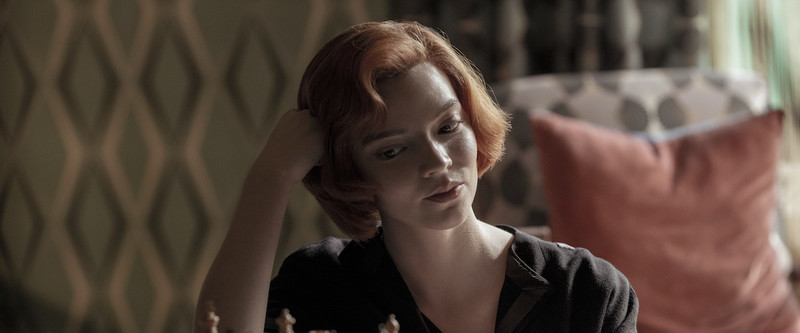
Allison Shoemaker’s review of “The Queen’s Gambit”
Editor Michelle Tesoro should go ahead and buy a bookshelf for all the hardware she’s about to pick up for “The Queen’s Gambit” right now; the chess sequences are all electric, and each in its own way. One will make you hold your breath. Two will likely bring you to tears. Some are funny. Some are infuriating. Some are, somehow, very, very sexy. Each is electric, and Tesoro and Taylor-Joy make them so through skill, talent, and precision.
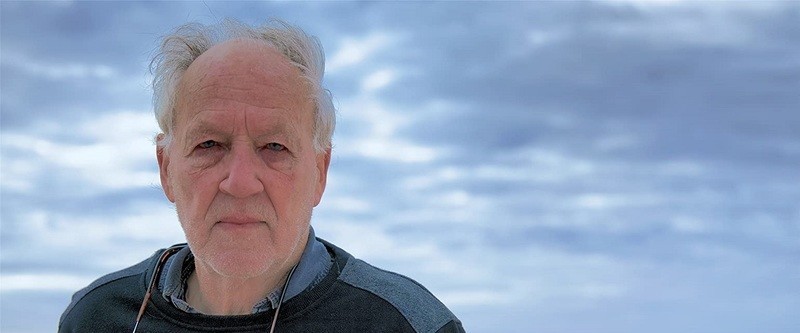
Peter Sobczynski’s review of “Nomad: In the Footsteps of Bruce Chatwin”
It has everything that one looks for in a Herzog film—scope, ambition, moments of extraordinary visual beauty (it is too bad that few people will be able to see this on the big screen where it belongs), bits of mordant humor, and enough intriguing philosophical concerns to inspire and drive any number of post-screening conversations. In time, I suspect that it will be regarded as one of the great and meaningful works in a filmography that is not exactly lacking for such things.
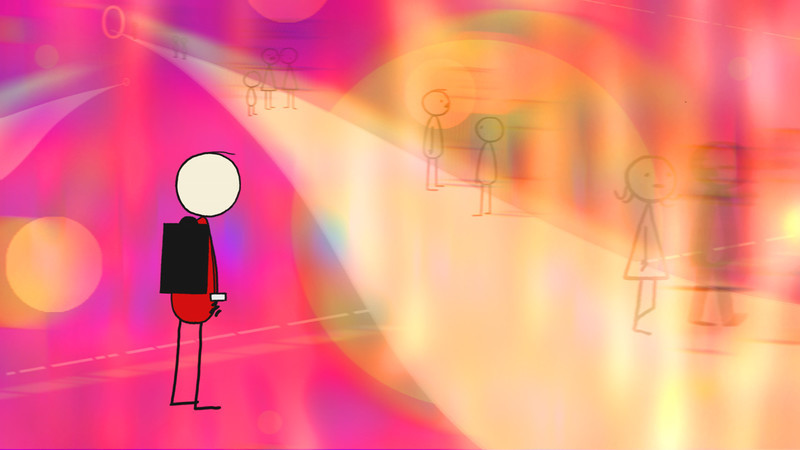
Collin Souter’s Short Films in Focus column on “World of Tomorrow 3”
Hertzfeldt’s work is made up of Gilliam-esque comedic asides, often having to do with technology that hasn’t been properly tested yet, but is used anyway. It speaks to our need for efficiency in the face of common sense. Robots are designed to carry on the likeness and memories of our loved ones, but the results are truly horrifying, providing the films with many doses of dark humor. The pop-up ads that come with this discount form of time travel is one of the series’ funniest gags.
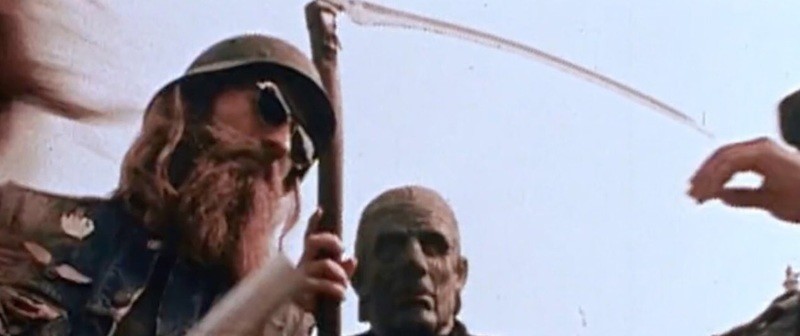
Scout Tafoya’s review of “The Amusement Park”
The degenerate nature of his chosen study kept Romero a legend untouched by mainstream acceptance, still fighting tooth and nail for budgets in his old age. As Roger Ebert said in his review of “Dawn of the Dead”: “maybe … there’s a little of the ghoulish voyeur in all of us. We like to be frightened. We like a good creepy thrill. It’s just, we say, that we don’t want a movie to go too far.” “Too far” was the only place Romero was ever headed. It’s time the rest of us caught up.
